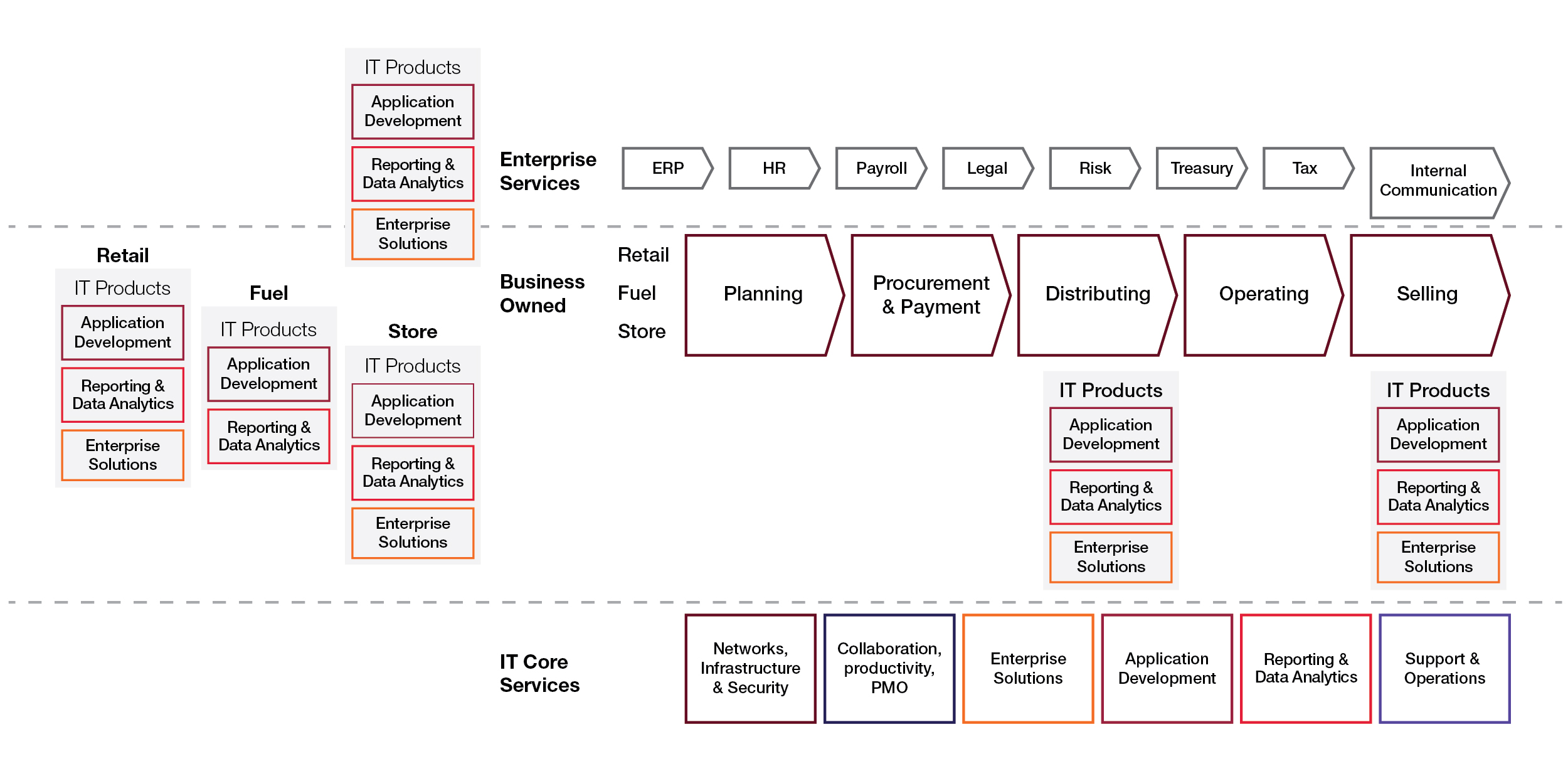I recently worked with a large organization to help one of their divisions adopt the Scaled Agile Framework® (SAFe) more effectively. Having recently implemented SAFe, they quickly began seeing improvements across the division. They were very proud of how they had tailored their transformation to support their legacy compliance requirements and they were pleased with their progress compared to their old waterfall approach but, they also knew they needed to improve to meet their 2023 goals; that was why I was there.
Recognizing the challenges of organizational change
After a few weeks, we identified significant opportunities for improvement with relatively minor adjustments. All of these were geared toward eliminating waste with their current structure:
- The Agile Release Train (ART) had over 30 teams with significant dependencies between them
- The backlog was not aligned with the business strategy
- Many people were partially allocated to their teams
Fundamentally, the division leaders had taken existing IT teams and made them agile but had not truly aligned those teams to the business. Correcting for the above misalignments would save the organization an estimated $4M within a year and put them in a much better position towards achieving their 2023 goals.
When presented with this strategy, however, leaders declined the recommendations – ultimately based solely on the effort on their part to implement the improvements. These improvements would require the leaders to take more training and go through the learning curve. Fundamentally, IT was satisfied with its current ART structure and planning activities. On the other hand, the business people were frustrated, and the CIO was isolated from this pain. They had ambitious goals for 2023, and hiring more people was their fallback solution. The change was too risky. They will make these changes in the future when they have more time. The fact is, they will never have more time.
This risk averse mentality has, unfortunately, become the norm. CGI is involved in dozens of significant agile transformations every year, and my role as SAFe Program Consultant Trainer (SPCT) gives me insights behind the scenes of these decision-making processes. I hear the same stories from my fellow SPCTs.
Business led transformation in the Digital Age
The world has been in the Digital Age for over 20 years, and it appears we are far from the enterprise transformation needed to survive in this new age. CGI’s Voice of our Clients shows that over 70% of our clients are still struggling with their digital transformation efforts.
The main issue is that to succeed with your digital transformation requires a new alignment of IT with the business and the customer. Organizing around value was added as the tenth SAFe principle to address this problem, and the new Product Operating Models (POMs) are a competing attempt to make this happen. The idea is to move IT into a symbiotic relationship with the business to the point of being part of the product profit and loss. It is clear that the industry understands the strategic need for such alignment, yet only a few legacy enterprises have made it happen.
My extensive experience in the industry shows me the root cause of this lack of adoption is that transformations are being led from the wrong part of the organization. This is for two reasons;
- The incorrect assumption that digital transformations are an IT problem
- The broader business lacks the understanding of what is required from them for a digital transformation
Digital transformations are not isolated to IT – they impact every area of the organization. If I had a dime for every time I heard, “We need to get the business involved,” I would be a rich man. Despite this need for collaboration and business ownership of the initiatives, historically they have been led by a director on the CIO’s staff. A realignment of ownership is vital to the success of any digital transformation initiative. Let’s explore further how this might look.
The following graphics reflect what the new IT Product Operating Models would do to an enterprise. This model does not simply align IT with the business; it relocates half of the IT organization directly in the business.
The role of leadership in digital transformation
The complexity of a digital transformation requires an operational leader to own it. And in my most recent situation, that person needed to report to the CEO. That could be the CIO, but it should come from the COO or Chief Strategy Officer. These people would have the needed perspective and incentive to drive the transformation forward through the significant challenges that will be faced. They would have the clout to drive the changes that will be required in both the IT organization and the business functions and they would support the CIO as they untangle years of legacy structures and technology stacks.
A business person would also be focused on business outcomes. The driver for digital transformations needs to be delivering business results: metrics such as customer user growth, technology adoption rates, cost per feature, profit and revenue growth, etc. Seeing the impact of these metrics will help maintain the momentum needed to complete the transformation.
The business leader will require a strong relationship with IT to lead a digital transformation. There is no denying the complexity of modern enterprise IT solutions. This is why the transformation must include either IT leaders or a trusted partner who can help navigate the technical aspects of the transformation.
The primary breakdown is that the business doesn’t understand lean and agile principles and how much they impact their people. They are not well versed in organizing around products, team topologies, lean portfolios and funding products rather than projects. While this is an issue with business leaders, often IT leaders don’t fully understand these principles either. For the business to incorporate IT teams into its departments, everyone will need to develop a lean and agile mindset. This is why they need an outside consultant and a business leader to support the changes across the organization.
To master these concepts requires more than just training, it requires coaching, mentoring, and trial and error. Experienced transformation consultants are critical to guiding the business and IT through this learning process. They will help a business decide where to start and how to organize the POM for your organization. The total transformation may take years, but you can start immediately and begin realizing benefits within months. When done well the results can be staggering including expedited time to market, quality, and customer satisfaction.
Learn more about our business agility and SAFe consulting services.







